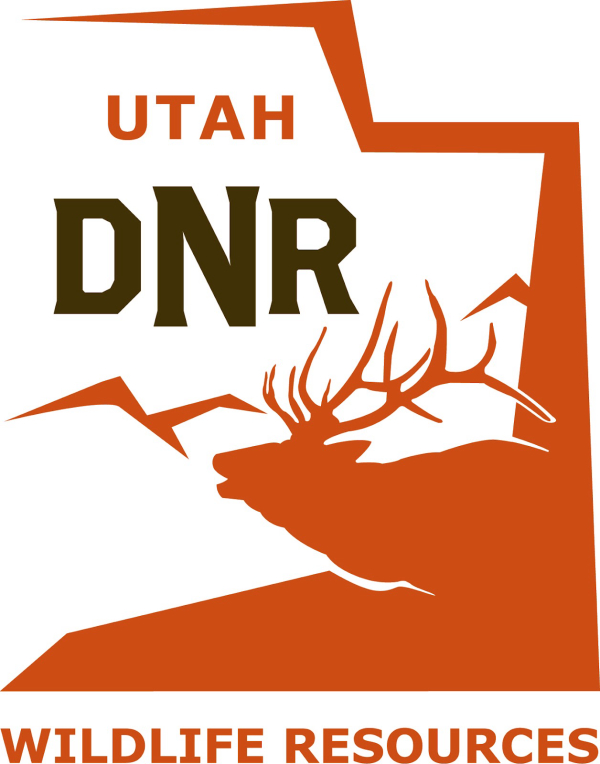It Was the Right Thing to Do
By Glen Wunderlich
Regular firearms deer season has ended but the remaining seasons of archery, muzzleloading, and late antlerless seasons still offer plenty of opportunities for those hunters hoping for venison. And, no matter the method of take, hunters are now faced with even greater challenges to properly identify adult does and to distinguish them from other antlerless deer. Before touching on a few tips for filling that freezer, a recent encounter with an injured whitetail is worth noting.
With only two days remaining in regular firearms deer season, my pal, Joe, wanted to venture out for one more hunt. He’d already taken a fine buck during archery season, and with our self-imposed rule of taking only one buck each, he wasn’t looking for antlers. On the other hand, I had not seen any of the better bucks the game cameras had indicated were in the neighborhood. As the seasons wear on, without confirmation of new game camera evidence or personal in-field knowledge, the best way to learn anything is to get outdoors and hunt. That’s what we did.
I was toting a Ruger American rifle in .450 Bushmaster caliber topped with a quality low-power variable scope. Its consistent accuracy with the most common factory load available – Hornady 250-grain Flex-Tip bullets – provided all the confidence needed. I had noted all the practical yardages of various trees within a 150-yard radius of my position with a rangefinder and watched from within a portable blind overlooking a mix of clover fields and a small brassica plot of ½ acre.
With about an hour of daylight remaining, a lone deer approached the openness and demanded a better look. With a slight tug on my Burris binocular, the optical aid was released from the harness and slowly brought to my eyes. To my surprise, it was not only a buck, but it had at least four antler points on a side and that meant it met our personal guidelines for consideration. As the buck moved forward, a noticeable limp in a front leg was apparent. That fact changed everything.
No longer do we consider if it’s a good buck or even a mature doe for that matter. Ethical considerations to take such an animal far outweigh any desire for any other specifics. We must assume the animal is suffering and that it will eventually succumb to its malady whatever it may be. We could be wrong: The deer could live a productive life with a questionable injury but our personal, ethical rules make it incumbent to dispatch such an animal.
The unmistakable sound of an audible thump after the rifle barked told me in no uncertain terms that my 139-yard shot had hit its mark; any suffering the whitetail buck had endured was over. Upon inspection, a front leg was damaged by an unknown hunter that had taken a bad shot; I knew I had done the right thing for the sake of the animal. Assuming a hunter has the proper license, it’s worth strong consideration for any ethical hunter to do the same regardless of what would typically be valued as worthy.

Injured 8-point buck taken by Glen
With the final month of various deer seasons, things get a bit more complicated than merely identifying deer by antler size. Many of us hunters will be attempting to fill their antlerless tags and it behooves us to take a close look at the heads of deer to determine if that “doe” is actually a doe and not a buck that has already shed its antlers or a buck fawn that has yet to sprout headgear. The best way to do so certainly is not on any deer drives. Rather, it can be done calmly from the confines of a blind where opportunities tend to develop more slowly and good glass can be lifted into position with minimal chances of a hunter being picked off by movement. In addition, a heated blind can make the usual late-season, colder weather downright enjoyable, as deer tend to return to more predictable routines from the lessened hunting pressure. And, ethical hunters will be given more time to think.





